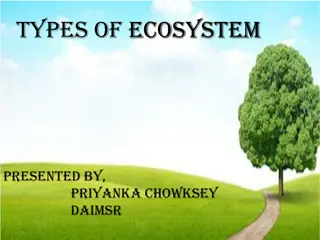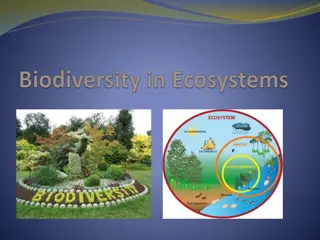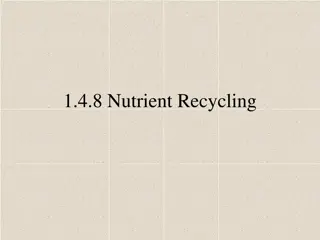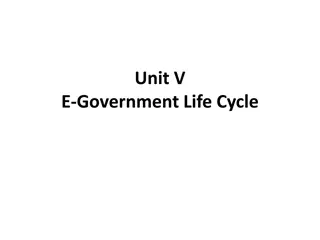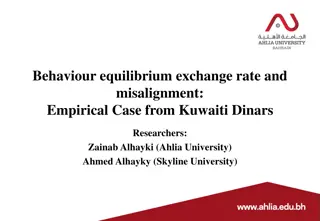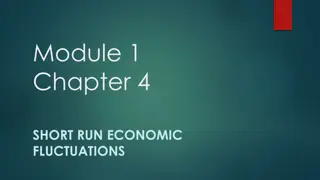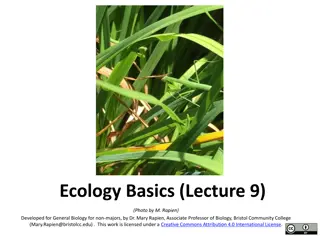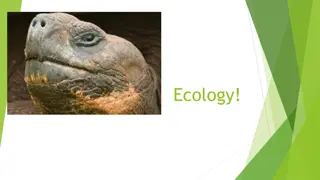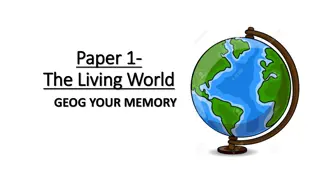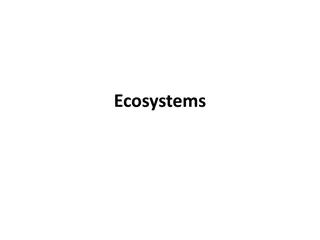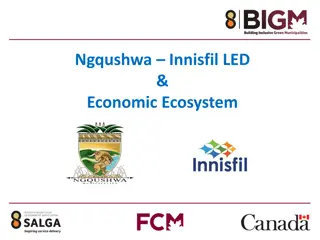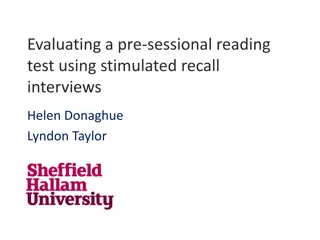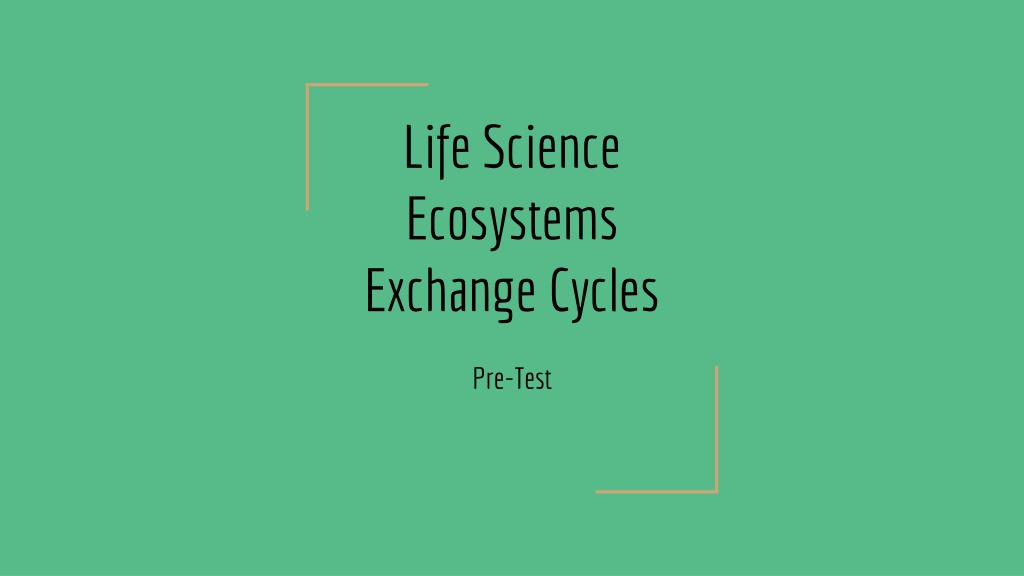
Explore Ecosystems and Energy Exchange in Nature
Test your knowledge on ecosystems, energy exchange, and cycles in nature with questions on air composition, solar power advantages, photosynthesis energy transformation, carbon atoms in photosynthesis, and energy dynamics in living systems. Discover how elements are recycled, the benefits of solar power, and the role of energy in sustaining life within ecosystems.
Download Presentation

Please find below an Image/Link to download the presentation.
The content on the website is provided AS IS for your information and personal use only. It may not be sold, licensed, or shared on other websites without obtaining consent from the author. If you encounter any issues during the download, it is possible that the publisher has removed the file from their server.
You are allowed to download the files provided on this website for personal or commercial use, subject to the condition that they are used lawfully. All files are the property of their respective owners.
The content on the website is provided AS IS for your information and personal use only. It may not be sold, licensed, or shared on other websites without obtaining consent from the author.
E N D
Presentation Transcript
Life Science Ecosystems Exchange Cycles Pre-Test
1. The air we breathe today is likely the same air that dinosaurs breathed. Why is this? A. Dinosaurs converted carbon dioxide into the oxygen we breathe B. The elements in the air, earth, and oceans are in finite supply, so they are constantly recycled C. Most of the air we breathe out is the same composition as the atmosphere D. Humans are direct descendants of dinosaurs
2. Which of the following is an advantage of using solar power? A. It is expensive B. There are areas of the earth where it cannot be harnessed reliably C. It is a clean and almost unlimited source of energy D. It produces an abundance of carbon dioxide to be used by plants
3. The process of photosynthesis is powered by the sun (see diagram below). Which of these best describes how the energy provided by the sun changes during that process? A. Radiant energy is transformed into chemical energy B. Mechanical energy is transformed into radiant energy C. Chemical energy is transformed into thermal energy D. Radiant energy is transformed into mechanical energy
4. In photosynthesis, carbon dioxide and water are transformed into glucose and oxygen by the reaction below. How many carbon atoms participate in this reaction? A. 12 B. 6 C. 24 D. 18
5. Given the diagram below, what can be said about energy? decomposers Decay into organic matter CO2+ H2O consumers Radiant energy sun producers Chemical energy A. It is constantly being created via photosynthesis B. It can neither be created nor destroyed C. Once it is transferred to consumers, it vanishes forever D. It only stays in one form



